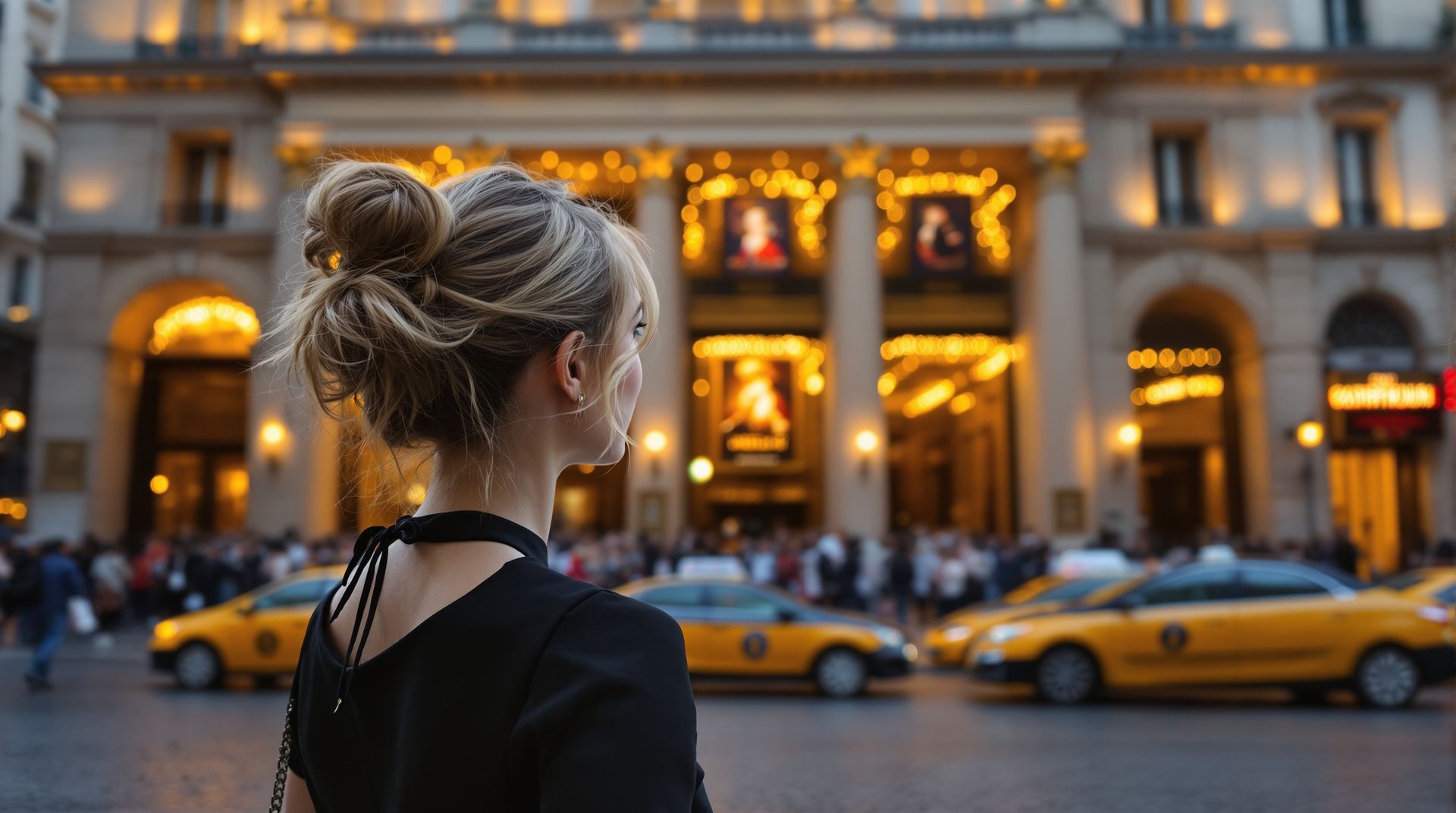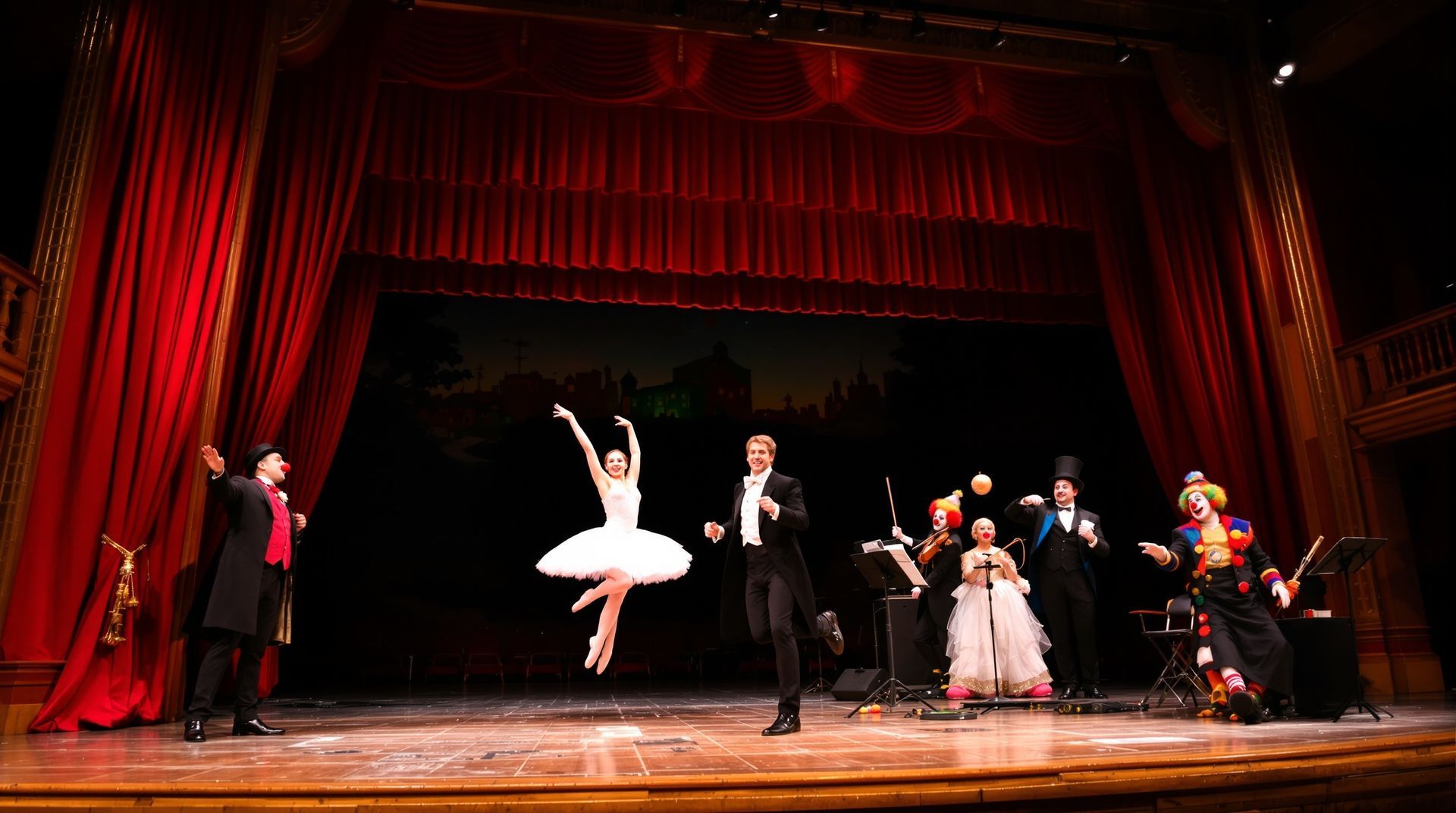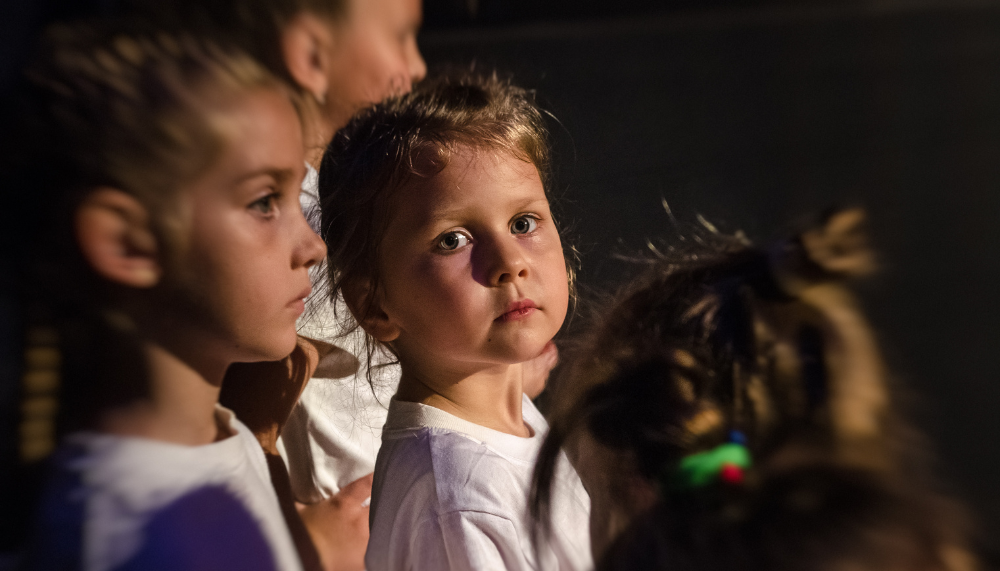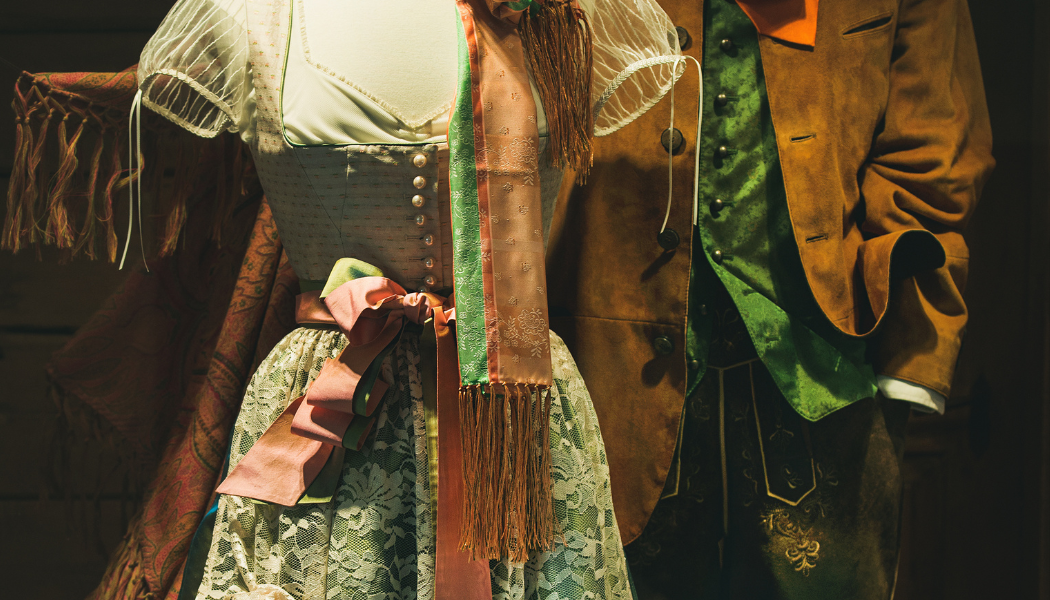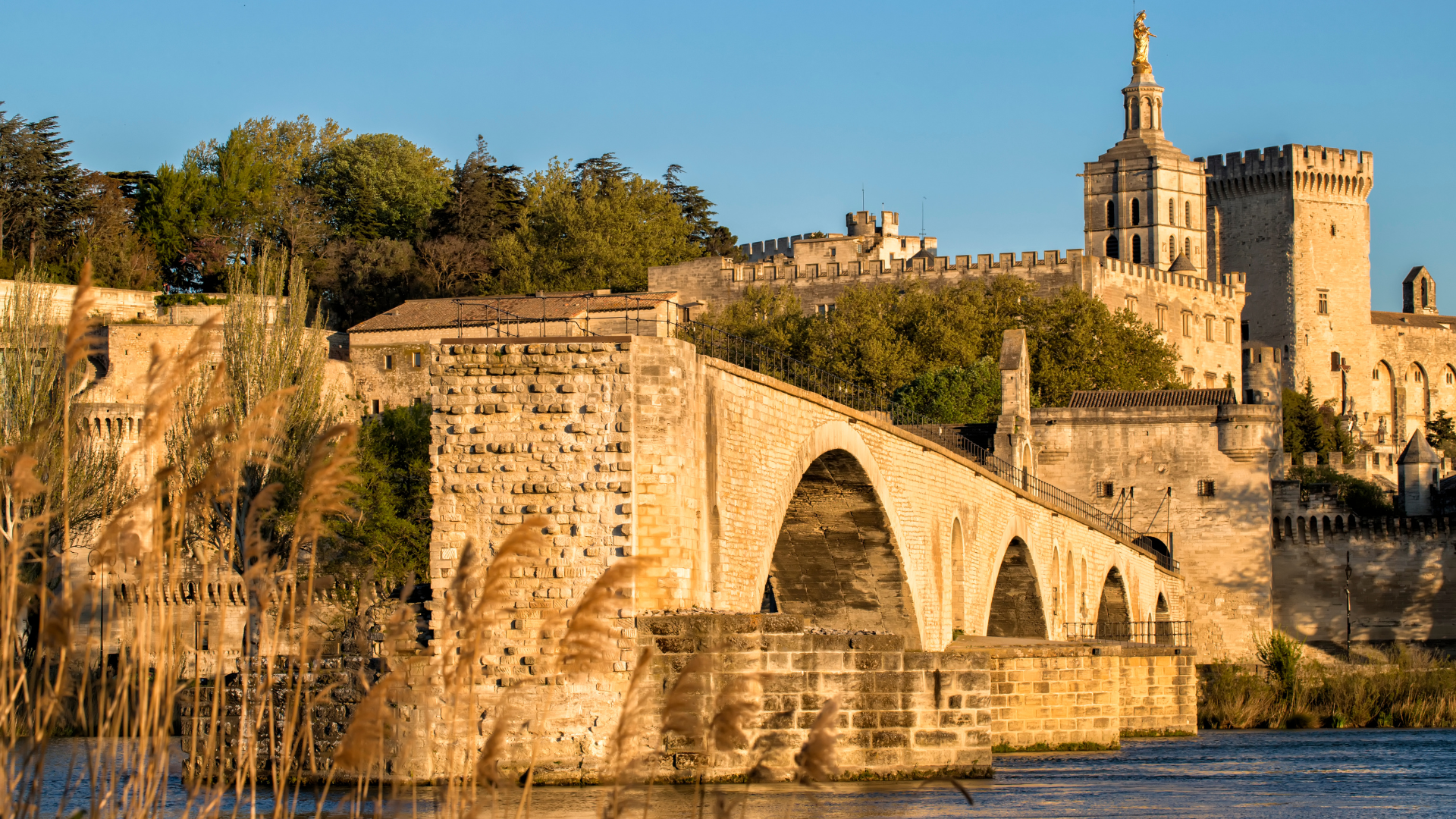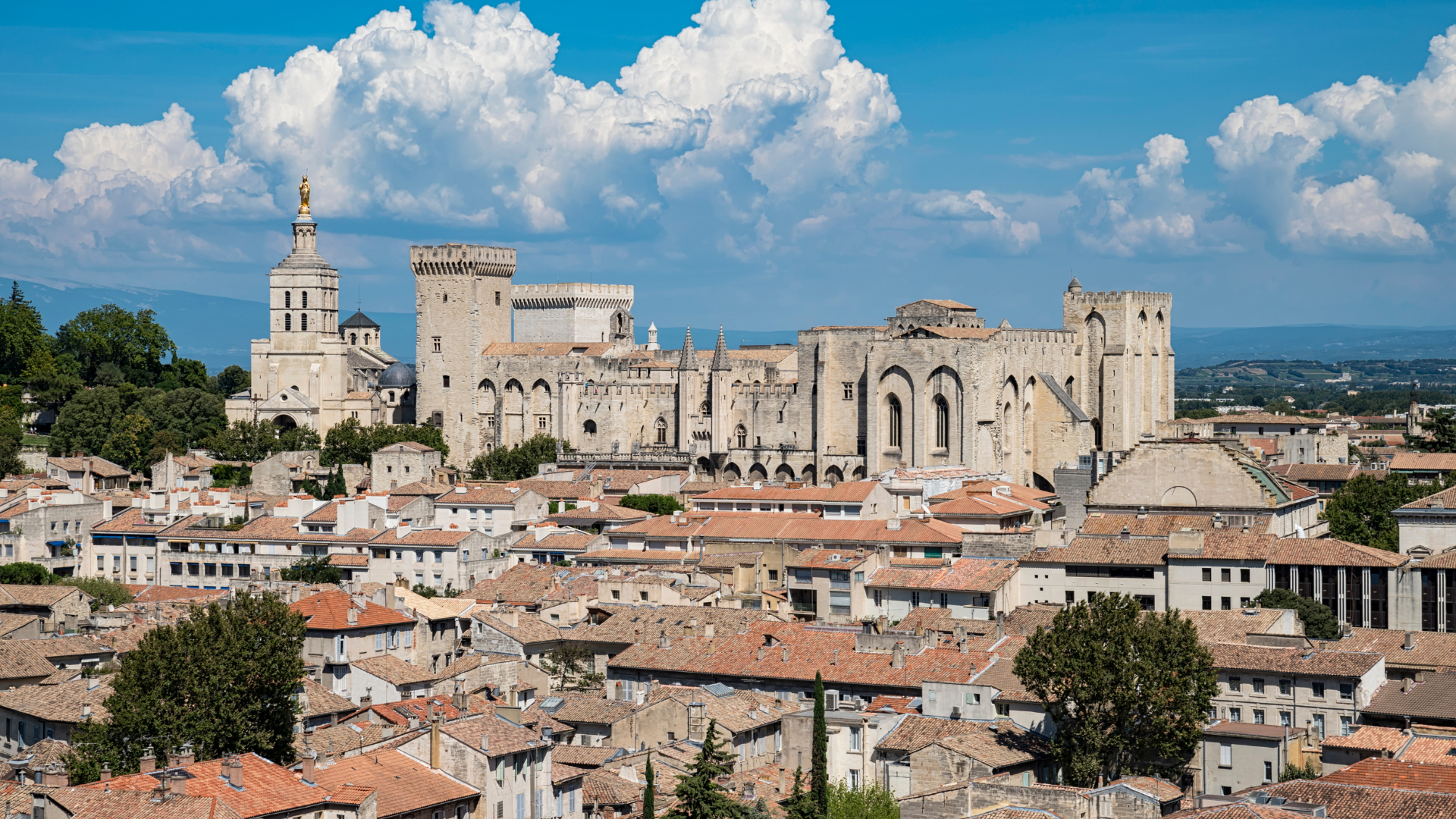What are the five functions of costumes in theatre?
You might wonder why theatrical costumes are so elaborate and sometimes seem perfectly tailored to each character. In reality, each costume on stage plays a much more important role than mere decoration: it conveys information about the era, social status, psychology of the characters, and the themes of the play. In this article, we present the five essential functions of costumes in the theater, along with clear explanations to help you better understand their importance in the staging.
What is the purpose of costumes in the theatre?

Theatrical costumes fulfill far more roles than one might imagine. They do more than simply clothe the actors: they tell a story, create an atmosphere, and guide our understanding of the play. Five main functions can be identified: aesthetic, social, psychological, symbolic, and practical, each contributing in its own way to the magic of the performance.
Some shows where we can see the full importance of costumes: Hamlet , Dom Juan , Carmilla , Mademoiselle de Maupin at the Laurette Theatre .
The five essential functions of costumes in the theatre
Theatre costumes fulfill five distinct roles. Each contributes in its own way to the success of a performance.
- Identify and recognize the characters
Costumes allow the audience to immediately understand who is who on stage. Even from the back of the theater, one can recognize the king by his crown, the doctor by his white coat, or the peasant by his simple clothes. Colors, shapes, and accessories function as visual codes. They reveal the character's age, profession, social rank, and even personality.
- To situate the action and convey meaning
The costume tells the story of the play's era, setting, and atmosphere. A crinoline dress plunges us into the 19th century, while a futuristic costume projects us into the future. Colors also carry their own message: red evokes passion, black death, and white purity. A costume can even reflect a character's evolution by changing throughout the acts.
- Helping the actor with his performance
A good costume transforms the actor from within. It influences their posture, gait, and gestures. An actor in armor will carry themselves differently than one in a jester's costume. The costume must also be practical: allowing for movement, facilitating breathing for singing, and adapting to the specific needs of each role.
- Create the visual universe of the show
Costume is an integral part of the staging. It interacts with the sets and lighting to create a cohesive atmosphere. In some productions, costumes even become set elements in their own right. They contribute to the theatrical illusion and bring to life the world imagined by the director.
- Meeting technical constraints
Beyond the beauty, there are practical requirements. The costume must be visible under the spotlights, withstand repeated movements, and allow for quick changes between scenes. It must be adjustable, durable, and facilitate the actors' work rather than complicate it.
These five functions complement and enrich each other. A successful costume combines them all to best serve the story told on stage.
But beyond these fundamental roles, it is in the staging that the costume reveals its full power, influencing the audience's perception and the dynamics of the show.
Aesthetic function
The costume creates the visual universe of the play and brings the characters to life before the audience's eyes.
Costume also anchors the action in its time and social context. Eighteenth-century pannier dresses immediately transport the viewer to the Ancien Régime. Military uniforms create an atmosphere of war. This historical consistency reinforces the credibility of the story being told.
But the aesthetic work goes further. The costume interacts with the sets and lighting to create a harmonious tableau. Colors must either complement each other or create deliberate contrasts: a character in red against a blue backdrop immediately captures attention, while neutral tones allow the character to blend into the overall scene. Fabrics and textures also play their part: the shimmering silk of a ball gown catches the light differently than the raw linen of a peasant costume. It must be designed for the stage: visible under sometimes blinding spotlights, resistant to repeated movements and rapid changes. Every detail counts, from the choice of buttons to the cut, which must allow for theatrical gestures without restricting the actor.
This visual dimension even influences the acting itself. An actor in period costume naturally adopts a different posture. The costume then becomes a creative tool that enhances the performance and enriches the viewer's experience.
Social function
Theatrical costume embodies the codes and hierarchies of the society it represents. It materializes on stage the class distinctions, power relations, and dress conventions of an era.
This social function operates like a visual code. Fine fabrics, bright colors, and ornamentation signal power and wealth. Conversely, rags and coarse materials denote poverty or social exclusion.
The viewer deciphers these clues effortlessly. They immediately grasp the power dynamics between the characters. This visual hierarchy helps to follow the plot and understand the stakes.
But beware: costumes can also be deceiving. A character might disguise themselves to mislead others. This dimension adds a layer of complexity to the story.
In ancient theatre, this function was already central. Aristophanes used costumes to criticize the society of his time. Clothing then became political weapons.
Even today, this function remains essential. It allows the public to quickly find their way around the world of the play.
Psychological function
The costume acts as a revealer of the character's soul. It reflects their deep personality and inner evolution throughout the play.
This psychological function works both ways. First, it helps the actor to embody their role. When they put on their costume, the actor physically feels their role. The costume becomes a "second skin" that naturally guides the performance.
For the viewer, costume instantly reveals character traits. An individual dressed in rags suggests poverty or degradation. Dark colors evoke melancholy. A change of clothing can even symbolize a major inner transformation.
This psychological dimension enriches the narrative without the need for words. The audience intuitively understands the character's state of mind even before he speaks. It's a powerful visual language that reinforces the emotion and credibility of the story told on stage.
Symbolic function
Costume becomes a true visual language that conveys ideas and concepts without the need for words. This symbolic dimension allows the central themes of the play to be communicated directly and intuitively.
Colors carry universal meanings: red evokes passion or anger, white suggests purity or innocence, and black often symbolizes death or mourning. But costume goes further by also using textures, patterns, and accessories to create meaning.
In a tragedy, a character dressed in tattered, dark fabrics will visually embody their social downfall. Conversely, ornate, golden costumes will represent power and wealth. This approach works particularly well in allegorical plays, where each item of clothing can represent an abstract idea.
The audience instinctively decodes these symbols. They understand the stakes, the tensions, and the messages of the work even before the dialogue explicitly states them. It's a powerful tool that enriches the understanding of the story and reinforces the emotional impact of the performance.
Practical function
Beyond aesthetics, costumes must above all allow actors to perform in good conditions.
Mobility remains the top priority. Actors run, jump, fight, and dance on stage. Their costumes adapt to these demands. Costume designers use stretch fabrics, cuts that don't restrict movement, and practical fastening systems.
Rapid costume changes also impose their own rules. Between scenes, an actor sometimes has less than thirty seconds to change outfits. Costumes therefore incorporate concealed zippers, magnetic fastenings, or removable parts. Some pieces are layered to allow for lightning-fast transformations.
Visibility is crucial. From the back row, each character must remain identifiable. Costume designers choose contrasting colors and bold shapes. They avoid overly fine details that get lost under the spotlights.
Finally, durability is essential. A costume undergoes dozens of performances. It withstands frequent washing, perspiration, and repeated movements thanks to reinforced seams and resistant fabrics.
The importance of costumes in theatrical staging
Costume becomes a true partner for the director. It acts as a visual language that speaks even before the actor opens their mouth.
From the moment the characters appear on stage, the audience instantly identifies them through their clothing choices. A torn dress signifies poverty, a military uniform evokes authority, and a colorful outfit suggests joy. This immediate connection facilitates understanding the plot.
The costumes also anchor the action in its time period. They transport the audience to the Italian Renaissance or the Roaring Twenties without a single word being spoken. This temporal dimension reinforces the credibility of the theatrical world.
For the actor, the costume becomes a second skin that transforms their performance. Wearing a corset alters posture, putting on boots changes gait. This physical transformation helps the actor fully inhabit their role.
Finally, the costume evolves with the plot. A change of clothing can signal a psychological transformation of the character or mark a new dramatic stage. It thus actively participates in the visual storytelling of the show.

